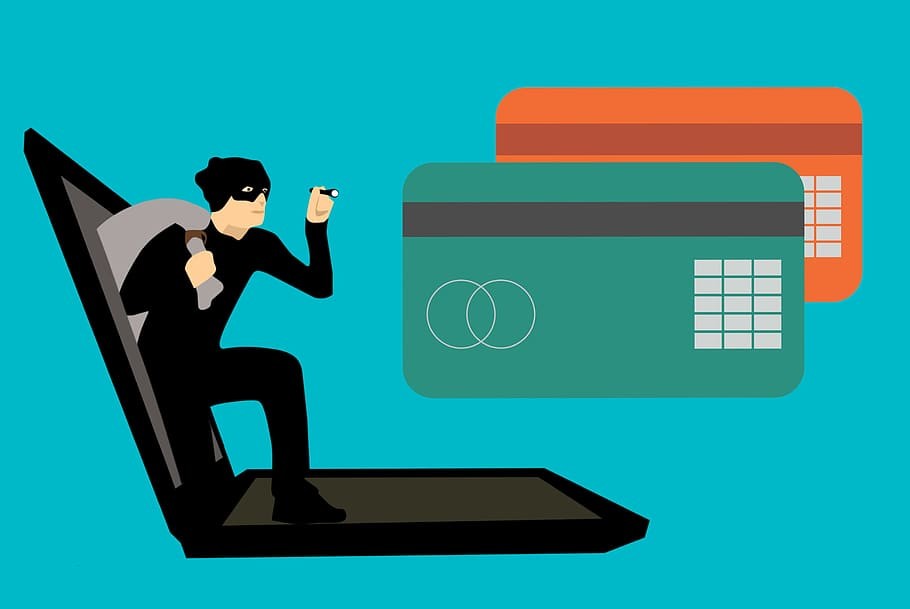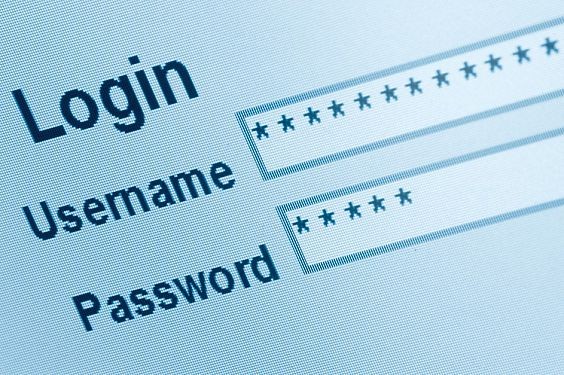Safeguarding Your Smartphone: Proactive Measures Against Mobile Phishing Scams
- Feb 23, 2024
- 697

In an age where our smartphones have become extensions of ourselves, the threat of mobile phishing attacks looms larger than ever. These cunning scams are designed to trick unsuspecting users into revealing sensitive information, such as passwords and credit card details, through deceptive messages and malicious links. As mobile devices continue to store more of our personal data, it is critical to understand how to shield ourselves from these digital threats. In this article, we will explore essential security tips that can empower you to recognize and thwart mobile phishing attempts, ensuring that your private information remains just that—private.
Recognize the Signs of Phishing

Understanding the telltale signs of a phishing attempt is your first line of defense. Mobile phishing scams often manifest as unsolicited messages, emails, or pop-ups that create a sense of urgency or invoke fear. These messages may claim to be from reputable companies or institutions and typically request immediate action, such as verifying your account details or clicking on a link. Always be wary of messages that ask for personal information, especially if they contain spelling or grammatical errors, which are common indicators of a scam.
It's also crucial to be cautious with messages that come from unknown senders or suspicious phone numbers. Legitimate organizations will rarely, if ever, ask for sensitive information via text or email. If you do receive a message that concerns you, contact the company directly using a verified phone number or website. By staying alert and questioning the legitimacy of unsolicited communications, you can significantly reduce the risk of falling victim to mobile phishing.
Employ Robust Security Measures

To fortify your mobile device against phishing attacks, it's important to implement strong security measures. Start by setting a complex password or passcode for your device, and consider using biometric options such as fingerprint or facial recognition for added security. Keep your operating system and all applications up to date, as updates often include patches for security vulnerabilities that could be exploited by phishers.
Additionally, install a reputable mobile security app that can provide real-time protection against phishing attempts and other forms of malware. These applications can alert you to potential threats and block malicious websites or links. Be cautious about the apps you download—only use official app stores, and check reviews and developer information before installing. By taking these precautions, you can create a robust defense that makes it significantly more difficult for phishing scams to penetrate your digital life.
Exercise Caution with Links and Attachments
One of the most common tactics used by phishers is to lure individuals into clicking on malicious links or downloading infected attachments. Always be cautious when dealing with links or files sent via email or text, even if they appear to come from a known contact. Cybercriminals can spoof email addresses and phone numbers, making it appear as though a trusted source has sent the message.
Before clicking on any link or downloading an attachment, take a moment to hover over the link (if possible) to preview the URL. Look for discrepancies or unusual domain names. If an attachment seems unexpected or out of character, verify its legitimacy with the sender through a separate communication channel. Remember, it's better to be cautious and confirm than to click impulsively and compromise your mobile security.
Stay Informed and Educate Others

Staying informed about the latest phishing tactics and trends is an ongoing process. Cybercriminals are continually devising new methods to deceive users, so it's essential to keep up with cybersecurity news and updates. Follow reputable sources, participate in webinars, and consider joining online communities focused on mobile security to stay ahead of potential threats.
Sharing your knowledge with friends, family, and colleagues can also help create a more secure environment for everyone. Educating others about the dangers of mobile phishing and how to recognize scams can prevent the spread of attacks and reinforce the importance of cybersecurity within your network. By fostering a culture of awareness and vigilance, you can contribute to a collective effort against the ever-evolving menace of mobile phishing.
Conclusion
Mobile phishing attacks are a persistent and evolving threat, but by taking proactive steps and remaining vigilant, you can greatly enhance your defense against these digital predators. Recognizing the signs of phishing, employing strong security measures, exercising caution with links and attachments, and staying informed are key strategies in the battle to protect your mobile device—and your personal information. By adopting these essential security tips, you can navigate the digital world with confidence, knowing that you have taken meaningful actions to safeguard your smartphone from the snares of cybercriminals.